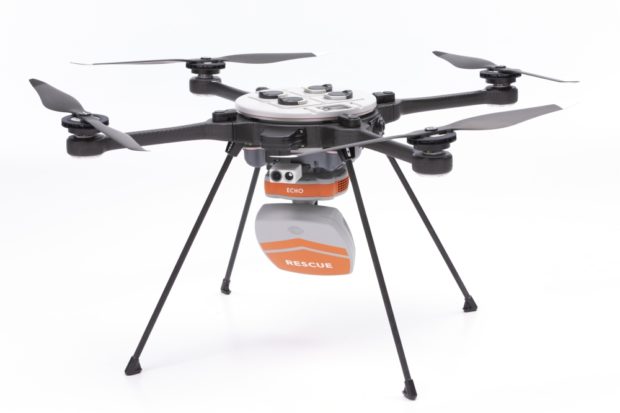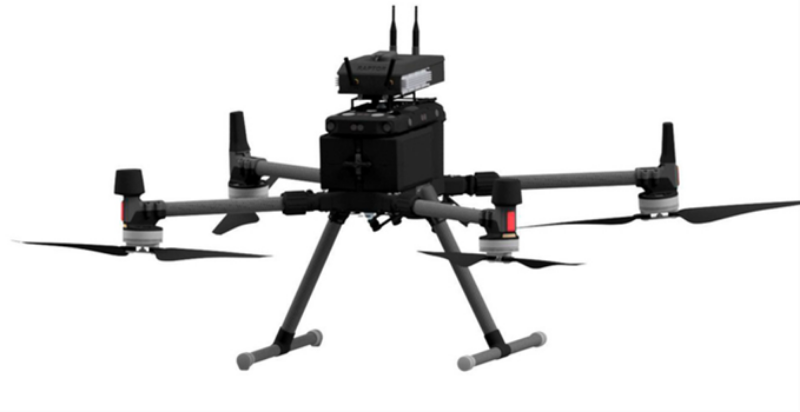Mobile phones hold the key to speedy and pinpoint location of people who are lost and offer a key opportunity to augment search and rescue (SAR) services in Australia, according to Kim Blacker MD and founder of Stratelo, based north of Sydney, who will make a presentation on SAR technology innovation at AAUS ROTORTECH 2022 Conference, in Brisbane, on 22 June, the first day of the conference.
The search and rescue system in Australia has returned an average of 2,000 people per year, to their families who might have otherwise perished on the seas, in the mountains, or in the outback, according to the Australian Institute for Disaster Resilience. Meanwhile, the Australia National SAR Council reports that the SAR system is used every day of the year with an average of five incidents occurring daily.*
With Australia’s vast territory, often unforgiving climate and largely unpopulated interior SAR is a key service, pulling together a range of agencies including Commonwealth, Federal and State, across civilian, police and defence resources.
“Many people who are lost, injured or in a disaster area are in possession of a working mobile phone, even if they are in an area with no mobile coverage,“
says Kim Blacker, who will explain how a UAV mounted cellular search and rescue solution can use a mobile phone as a rescue beacon to quickly and inexpensively geolocate the person(s) of interest and, if they are conscious and able, communicate with them.
Cellular based search and rescue tools such as Smith Myers’ ARTEMIS solution can weigh as little as half a kilogram and has been integrated onto relatively inexpensive commercial UAVs through to larger air certified systems for manned fixed and rotary winged aircraft.
Use cases spotlighted in the presentation include search and rescue, disaster relief and border security. Points covered will include geolocation techniques and how the range of geolocation can vary from a few kilometres to tens of kilometres depending on topography, the cellular environment and power of the cellular search and rescue solution deployed.
*(National SAR Council Report 2013).
Source: Press Release


